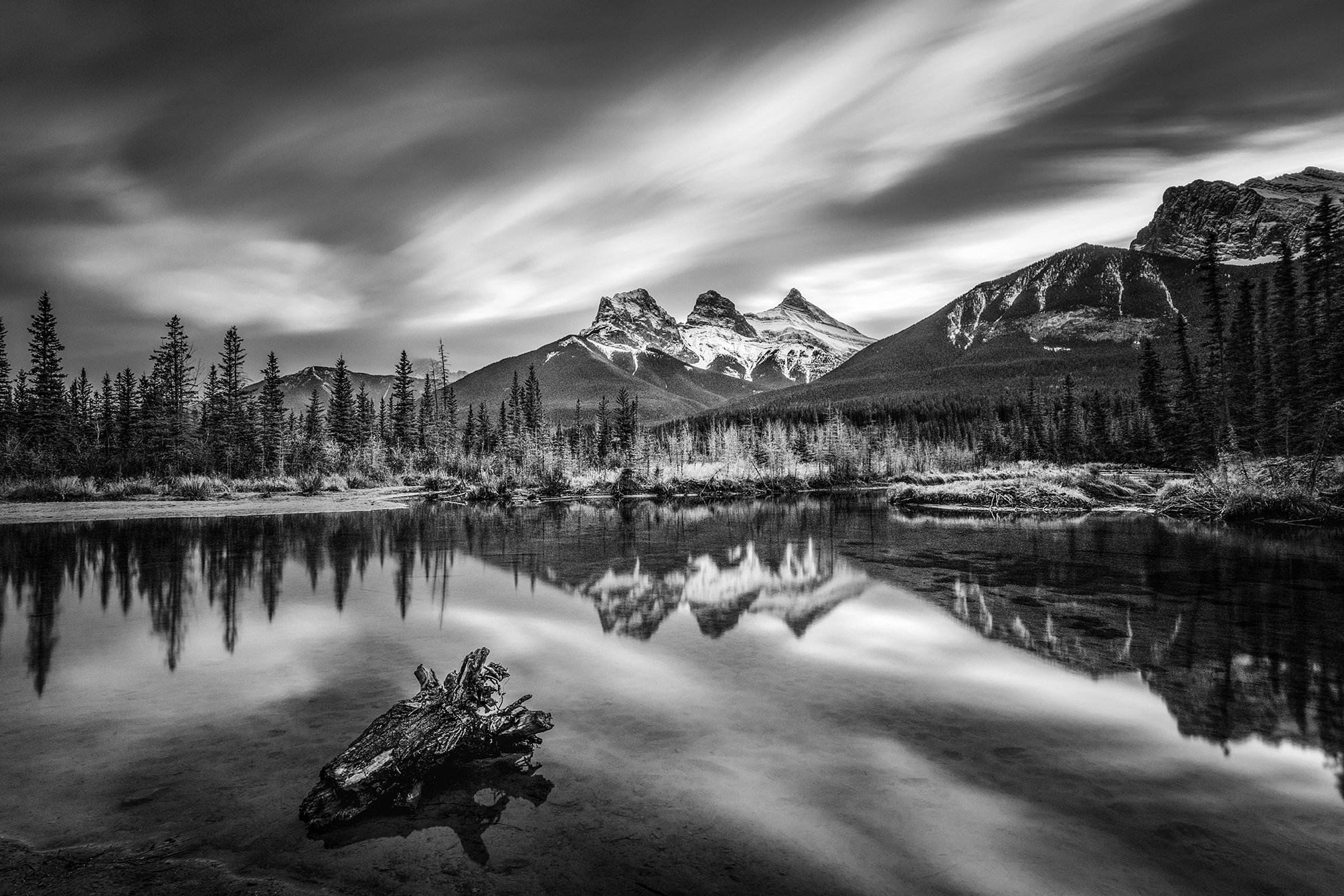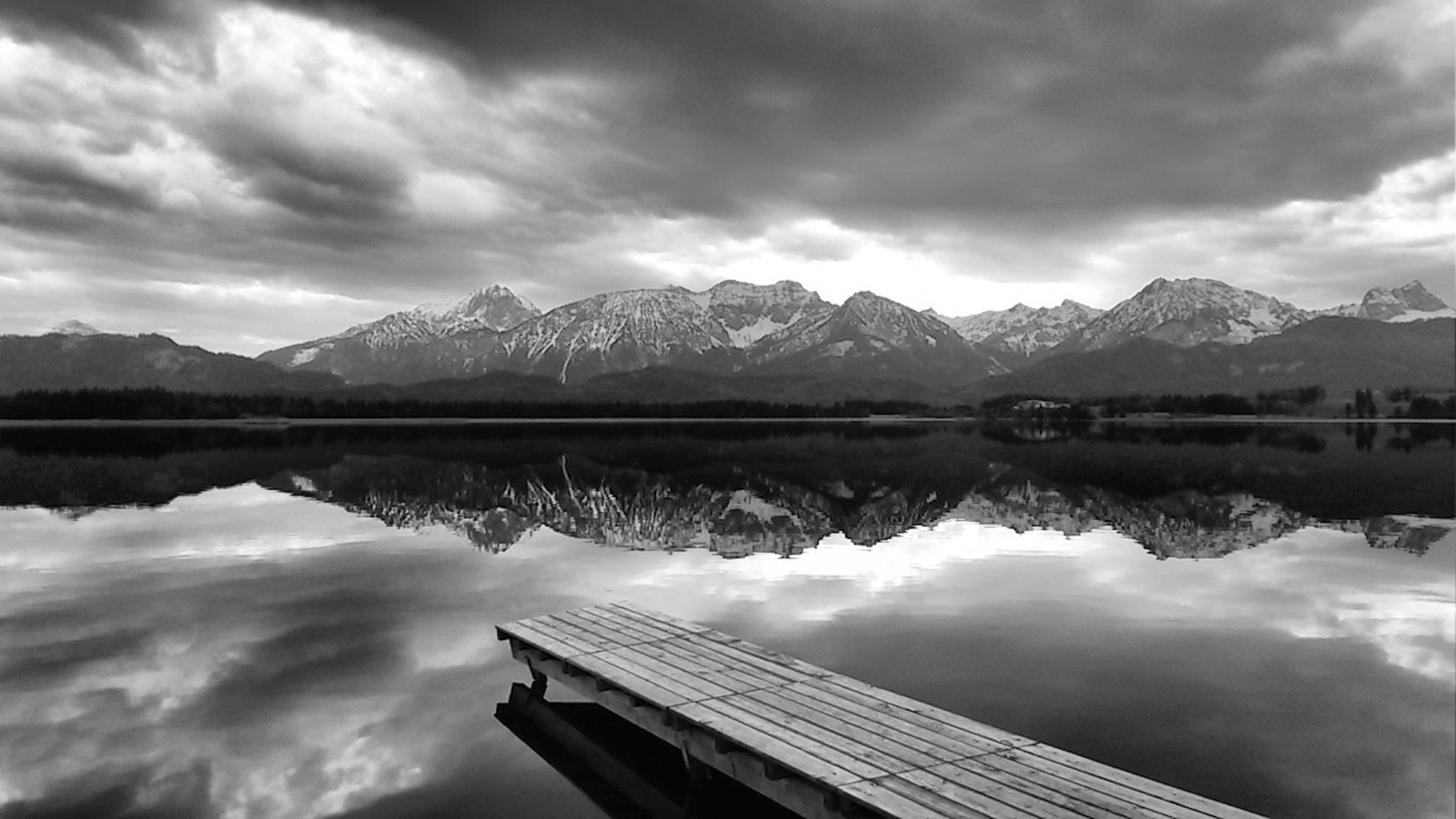The Timeless Elegance of Black and White Landscape photography
Black and white landscape photography transcends the mere depiction of a scene. It strips away the distractions of color, revealing the underlying structure, texture, and emotional essence of the land. It’s a medium that speaks to the soul, inviting contemplation and a deeper connection with the natural world. This article delves into the nuances of black and white landscape photography, exploring its history, techniques, and enduring appeal.
From Silver to Pixels: A Legacy of Light and Shadow
The origins of landscape photography are inextricably linked to the advent of black and white processes. Early photographers, limited by the technology of their time, embraced the monochrome aesthetic, finding beauty in the tonal variations and the interplay of light and shadow. Pioneers like Ansel Adams, Edward Weston, and Minor White elevated the art form, demonstrating the power of black and white to evoke emotion and capture the sublime.
The Power of Abstraction

Black and white photography offers a unique form of abstraction. By eliminating color, the photographer emphasizes form, texture, and contrast. This abstraction allows the viewer to see beyond the surface, to perceive the underlying geometry and patterns that shape the landscape.
Seeing in Tones: The Pre-Visualization Process
A crucial aspect of black and white landscape photography is the ability to “see” in tones. This involves visualizing how colors will translate into shades of gray, anticipating the contrast and tonal relationships that will emerge in the final image. This pre-visualization process is essential for making informed decisions about composition, exposure, and filtering.
The Importance of Light and Shadow
Light and shadow are the lifeblood of black and white photography. They define form, create depth, and evoke mood. Understanding how light interacts with the landscape is paramount. Photographers often favor dramatic lighting conditions, such as early morning or late afternoon, when the low angle of the sun creates long shadows and emphasizes textures.
Compositional Considerations

Composition plays a critical role in black and white landscape photography. Without the distraction of color, the viewer’s attention is drawn to the arrangement of elements within the frame. Strong compositions, such as the rule of thirds, leading lines, and symmetry, can enhance the visual impact of the image.
Choosing the Right Camera and Lens
While any camera can be used for black and white photography, a camera with good dynamic range and high resolution is beneficial. Lenses with sharp optics and minimal distortion are also essential for capturing fine details.
Filters: Enhancing Contrast and Tonal Separation
Filters are invaluable tools for black and white landscape photographers. Colored filters, such as red, orange, and yellow, can selectively darken or lighten specific tones, enhancing contrast and creating dramatic effects. For instance, a red filter will darken blue skies, making white clouds stand out.
Exposure and Dynamic Range

Accurate exposure is crucial for capturing the full range of tones in a black and white image. Understanding the dynamic range of your camera and using techniques like bracketing can help ensure that highlights and shadows are properly rendered.
Post-Processing: Refining the Image
Post-processing is an integral part of black and white photography. Software like Adobe Lightroom and Photoshop provides powerful tools for adjusting contrast, tonal range, and sharpness. Converting a color image to black and white is just the beginning; careful adjustments are needed to bring out the full potential of the image.
Exploring Different Landscapes
From rugged mountain ranges to serene coastlines, every landscape offers unique opportunities for black and white photography. Experiment with different environments to discover your preferred subjects and perspectives.
Studying the Masters
Learning from the work of renowned black and white photographers can provide invaluable insights into composition, technique, and artistic vision. Analyze their images, paying attention to their use of light, shadow, and tonal range.
Developing a Personal Style
Black and white photography is a highly personal medium. Embrace your own unique perspective and develop a style that reflects your individual vision. Experiment with different techniques, explore unconventional compositions, and don’t be afraid to break the rules.
Evoking Mood and Atmosphere
Black and white photography has a unique ability to evoke mood and atmosphere. The absence of color allows the viewer to focus on the emotional content of the image, whether it be the serenity of a misty morning or the drama of a storm-swept coast.
The Timeless Quality
Black and white images possess a timeless quality that transcends trends and fads. They evoke a sense of nostalgia and permanence, connecting us to the past and reminding us of the enduring beauty of the natural world.
A Deeper Connection with Nature
By stripping away the distractions of color, black and white photography encourages a deeper connection with the landscape. It invites us to see beyond the surface, to appreciate the subtle nuances of light and shadow, and to experience the emotional power of the natural world.
Shoot in Raw Format
Shooting in raw format provides the greatest flexibility for post-processing. It allows you to adjust exposure, white balance, and other settings without losing image quality.
Embrace Overcast Skies
Overcast skies can be ideal for black and white photography, as they provide soft, even lighting that minimizes harsh shadows and highlights.
Look for Strong Textures and Patterns
Textures and patterns are essential elements in black and white landscapes. Look for subjects with interesting surfaces, such as weathered rocks, gnarled trees, or rippled sand.
Use a Tripod
A tripod is essential for capturing sharp images, especially in low-light conditions. It also allows you to use longer exposures to capture motion blur or create a sense of depth.
Experiment with Long Exposures
Long exposures can create ethereal effects, smoothing out water and clouds and adding a sense of motion to the image.
Don’t Be Afraid to Crop
Cropping can be a powerful tool for enhancing composition and focusing attention on the key elements of the image.
Practice Patience
Black and white landscape photography requires patience and perseverance. Be prepared to spend time in the field, waiting for the right light and conditions.
A Return to Simplicity
In a world saturated with color, black and white photography offers a welcome return to simplicity. It encourages us to slow down, to appreciate the beauty of form and texture, and to connect with the emotional essence of the landscape.
A Timeless Art Form
Black and white landscape photography is a timeless art form that continues to inspire and captivate viewers. Its enduring appeal lies in its ability to transcend the limitations of color, to reveal the underlying beauty of the natural world, and to evoke a profound emotional response.
A Personal Journey
Ultimately, black and white landscape photography is a personal journey of exploration and discovery. It is a way of seeing the world in a new light, of capturing the beauty and mystery of the land, and of expressing your own unique vision.
